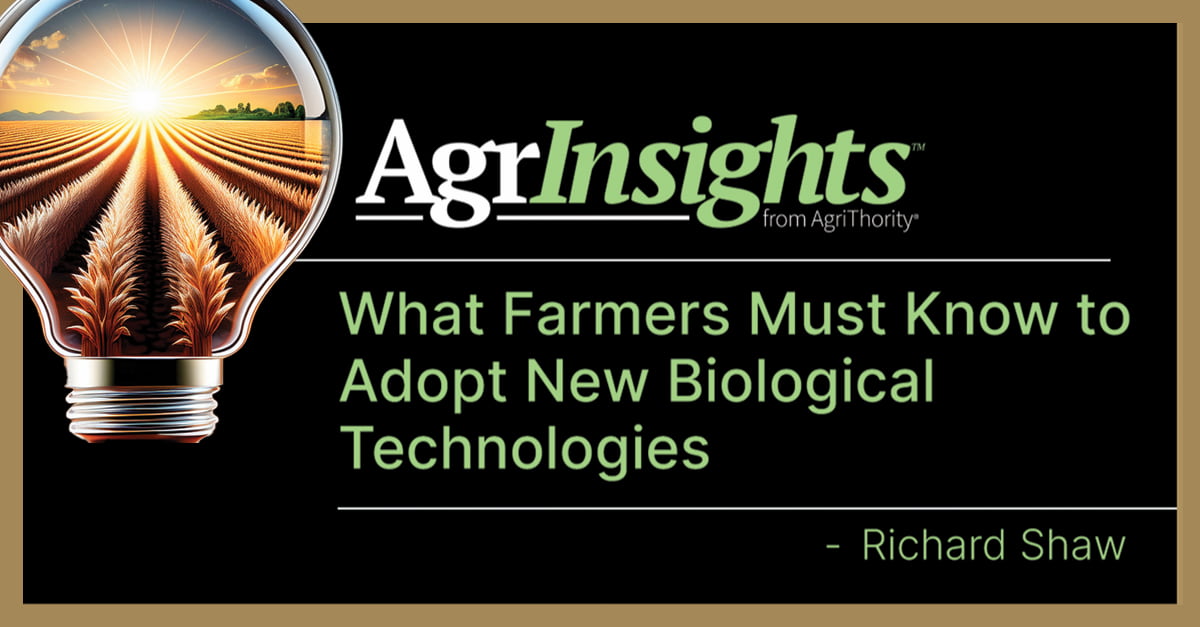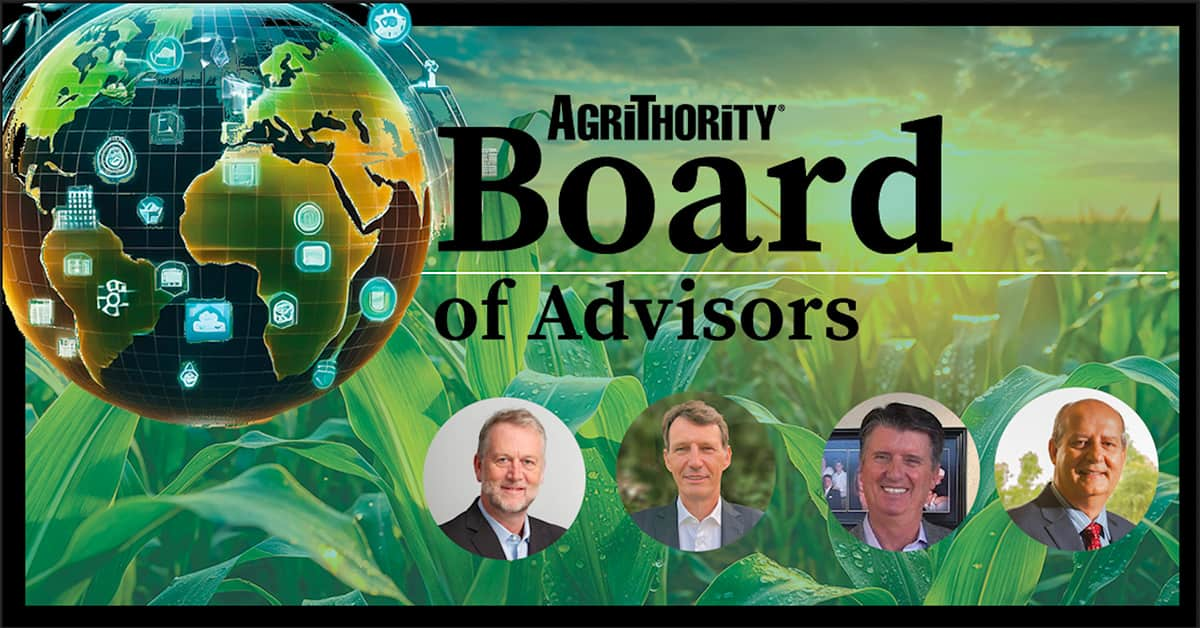No matter how long and well you’ve been preparing to commercialize a new agricultural product, risks still exist. In our modern era directions are fast with artificial intelligence platforms, “experts” on every social media platform and numerous opinions (knowledgeable and less so), questions are at a premium. Asking questions in the agricultural development process is critical to ensure every base is covered, and you’re truly ready for commercialization.
Set Up for Success
With Venture Capital (VC) funding, usually the expectation is to turn a profit in three years. For crop inputs, it’s nearly impossible to have accumulated the appropriate amount of credible, robust data for adequate farmer adoption in less than three years. Establishing realistic expectations and communicating those effectively is of the utmost importance for new products to be set up for success.
“We’ve witnessed many products fail because of investors rushing to commercialization,” says Jerry Duff, AgriThority® Founder and President. “Usually, you only get one shot to commercialize in each market. Farmers have a long memory. It’s important to make the first effort count.”
Answering the Right Questions in the Right Order
Asking the right questions in the right order and ensuring your answers are sufficient can be the difference between success and failure of a new agricultural innovation. Many times, a third party can provide a different perspective to help ensure the questions have been asked and answered to achieve the best product positioning.
“Product development is as much about process as it is about science,” says Gloverson Moro, AgriThority® Chief Technology Officer. “Focusing on a disciplined development plan that can be well executed helps manage risks and resources for commercial success.”
Establishing a standard, uniform development process that combines strategic with scientific direction and execution to meet industry expectations and farmers’ needs is essential. The stage-gate process can help avoid unnecessary risks and wasted resources.
Key questions:
- Are strategies set?
- Does it work and why?
- Can it be protected, have Freedom to Operate?
- What are the first and future markets and why?
- How will it be registered?
- How will it be used?
- What are registration requirements for first and future markets?
- Is it scalable for profit?
- How resilient is it?
- How does it fit the grower paradigm?
- What is the demand generation and technology transfer plan?
- Where is the launch and next market?
The Stage-Gate Process
Following a disciplined stage-gate process will help you truly understand what the product can and cannot do and how it performs through each stage of development. This mitigates risk and allows the product to showcase how formulations can be used together with other products and by using the equipment that is available to the growers.
Ultimately, this will allow the company to get their product to the grower with clear expectations of how the product will perform. This process allows the growers to have a positive experience with those products, which will increase adoption.
STAGE 1: DISCOVERY
Exciting beginning of a disciplined process leading to commercialization
STAGE 2: SCOPING
Planning strategically and scientifically to define the market need, potential product, and business case for profitability
STAGE 3: EARLY STAGE
Focusing on performance with formulation, rates and timing goes beyond the lab into greenhouse and small plot trials. Data analytics is essential for performance by environment, regulatory needs, market potential and scalability for predicted profitability
STAGE 4: LATE STAGE
Targeting the market, generating credible, consistent performance supported by scientific data, documenting claims for a final registered label while scaling operations for final business case and technology transfer into the market with ROI and profitability throughout
STAGE 5: LAUNCH
Building awareness of technology transfer and adoption requires more than just awareness of best management practices. The Go-To-Market strategy includes key influencers, sales channels and continuous training supported by field experience. Defining new uses or market expansion repeats the early or late-stage processes.
AgriThority® Prescriptive Response℠ Development
The AgriThority® Prescriptive Response℠ Development service allows innovators to discover and leverage their internal expertise with the consistent, disciplined steps analyzing data generated from well-trained and experienced product development experts. Reach out today to see how our Prescriptive Response℠ can help you answer the right questions for your product to prepare for successful commercialization.



